I have a question for you…what colour are the stripes on this cap?
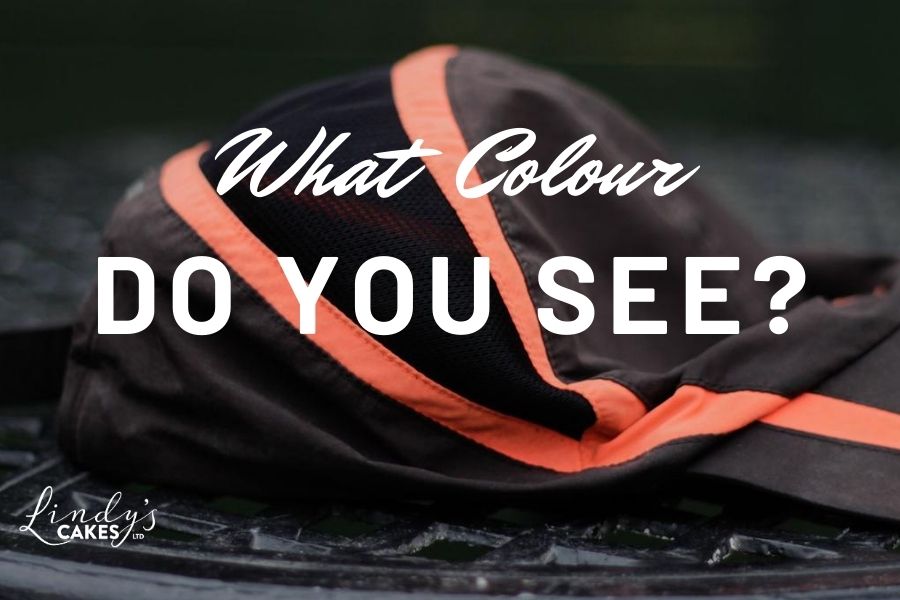
I’m asking because this is an ongoing discussion in my household. Now, I see orange but I’m told, in no uncertain terms, it’s pink – REALLY!!!
In the sugarcraft world, I’m known for my use of colour, colour is my speciality. I’ve even written a book all about colour – Creative colour for cake decorating. However, this fun, but often heated discussion got me thinking. Do we all perceive colour differently? Time for some digging…
How we see colour
I expect we all know that it’s the rods and cones in our retinas, at the back of our eyes, that enables us to see.
- Our rods are sensitive to low light and motion
- Our cones are responsible for allowing us to see colours and details. These cones turn light and colour information into separate signals. These signals are then combined and processed in our brains to give us a mental awareness of what’s in front of our eyes.
Trichromatic
Most people, along with other primates, like gorillas and chimps plus some marsupials, are trichromatic – Which means we have 3 types of cones. These cones turn colour information received by our eyes into red, green, and blue signals.
Each type of cone cell is thought to be able to distinguish around 100 shades, so when you factor in all the possible combinations, it means we can distinguish around 1 million different colours, which I think you’ll agree is quite a lot!
Dichromatic
I guess we all know people who are colour-blind. Research shows that 1 in 12 men are colour blind and 1 in 255 women. These people only have two functioning types of cone cells, which is why they can only see around 10,000 shades. Similar to most other mammals, including dogs.
Tetrachromatic
But did you know it is possible to be a tetrachromat and see up to 100 million colours? Tetrachromats can detect and discriminate between colours that normal people cannot see. Interestingly most birds, fish, reptiles and some insects like honeybees are tetrachromats.
ADVERTISEMENT
I have a sneaking suspicion that this could be me! I’ve suspected I could see more colours than my students for quite a while. It becomes obvious to me when we’re mixing colours, my students often struggle to pick out the colour subtleties that I can see as glaringly obvious! I have written about this a number of times, for example in my blog ‘Opalescent colour palette for mini cakes’
So what is Tetrachromacy
The idea was first suggested back in 1948 by Dutch scientist HL de Vries. He showed that the mothers and daughters of colour-blind men had one mutant cone and three normal cones. Apparently, no one paid much attention until the late ’80s, when John Mollon from Cambridge University started searching for women who might have four functioning cone cells.
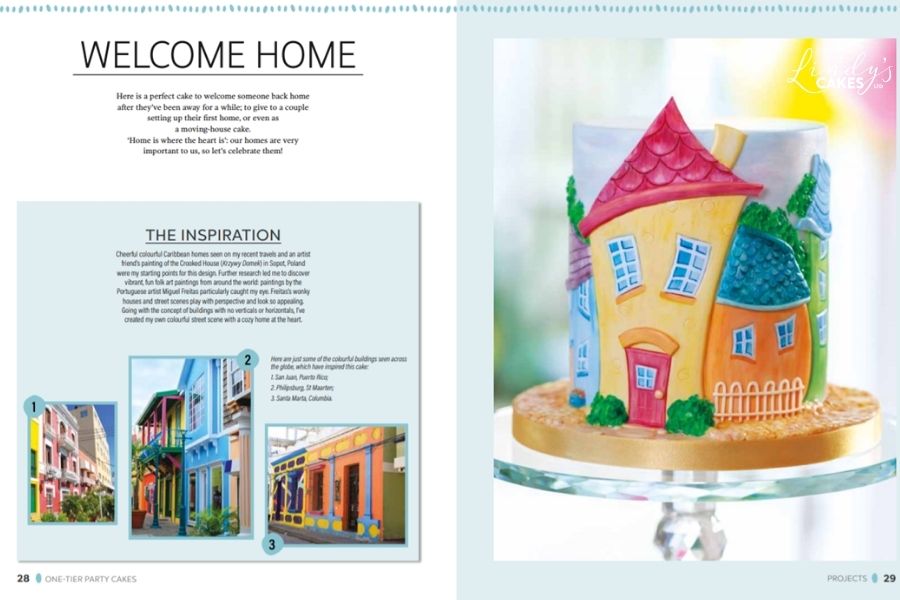
More recent studies from Newcastle University, now predict that up to 12% of women have four cone types. However, carrying the gene doesn’t guarantee you can see more colours, rather seeing more colours is an ability or skill that can be developed – in the same way, genes play a part in those that become virtuoso players or elite athletes
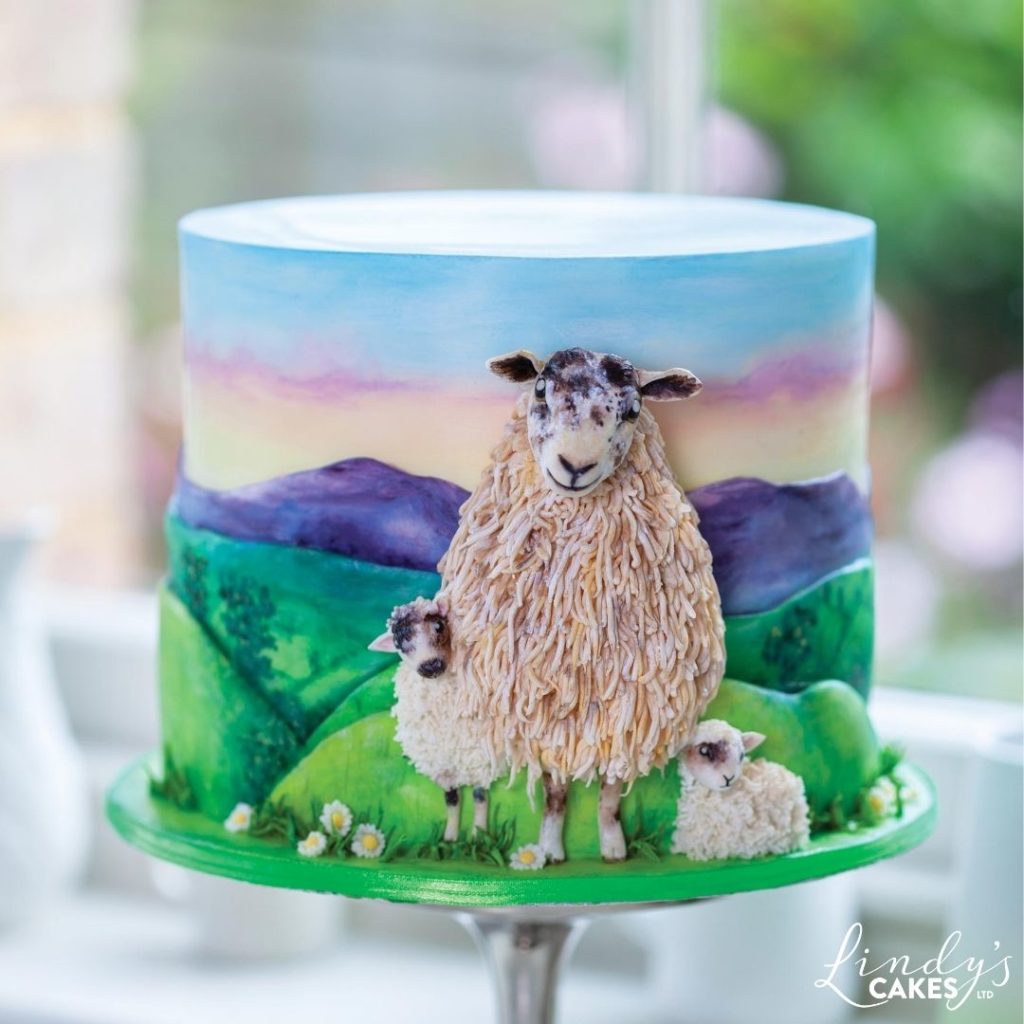
I would love to know if I do in fact have 4 cones. I can’t know for sure as it’s not possible to test yourself online due to the nature of computer and phone screens but I suspect I may be!
Going back to this hat…just because I think it is orange others thinks it’s pink doesn’t mean it’s either… but I think you’ll agree the questions and discoveries it spawns are wonderful.
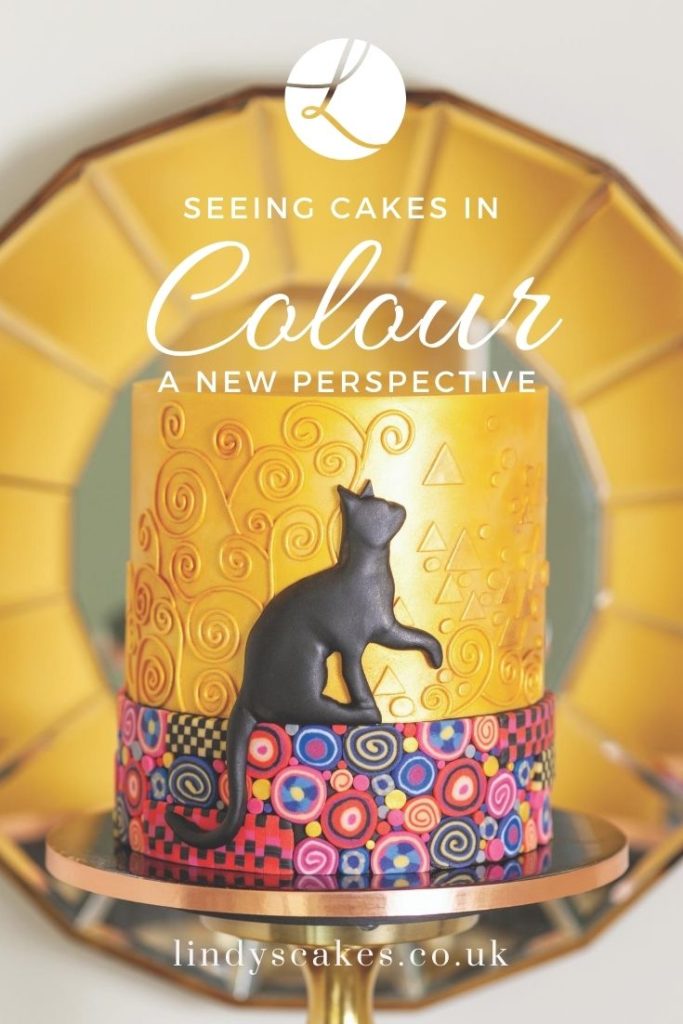
What colour do you think it is?
I recently carried out a straw poll at my Toastmasters club. The results were interesting 60% agreed with me but that, of course, meant 40% didn’t. I’d love to hear what you think and I’m prepared to be overruled! Please let me know in the comment box below
Sweet wishes
Lindy Smith
‘Bringing world-class sugarcraft into your kitchen’
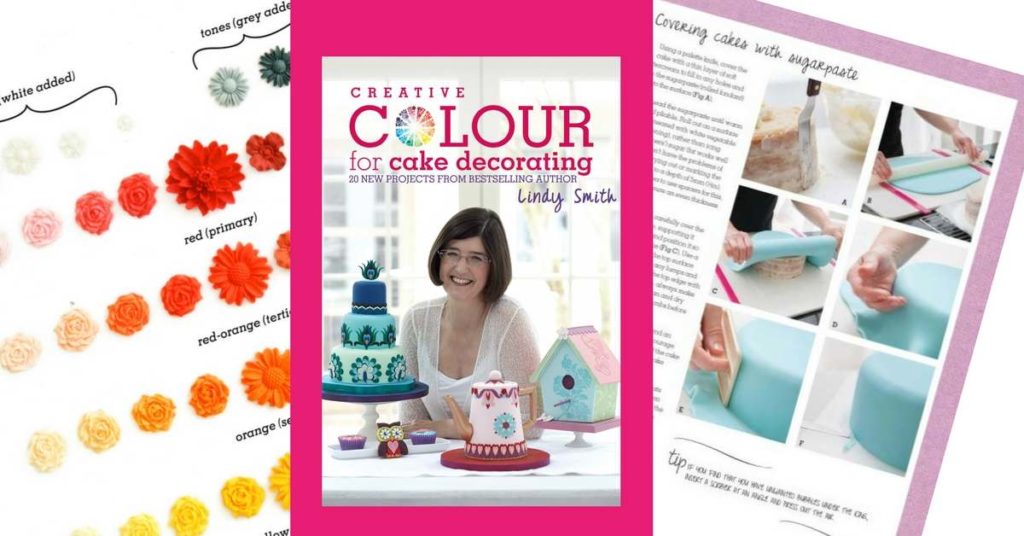
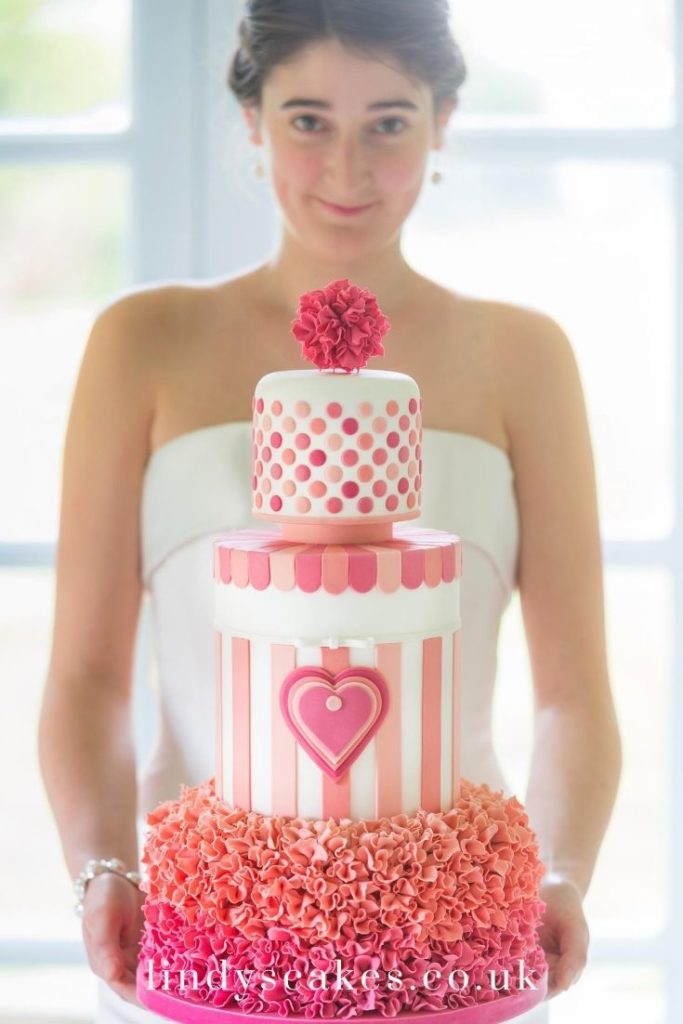
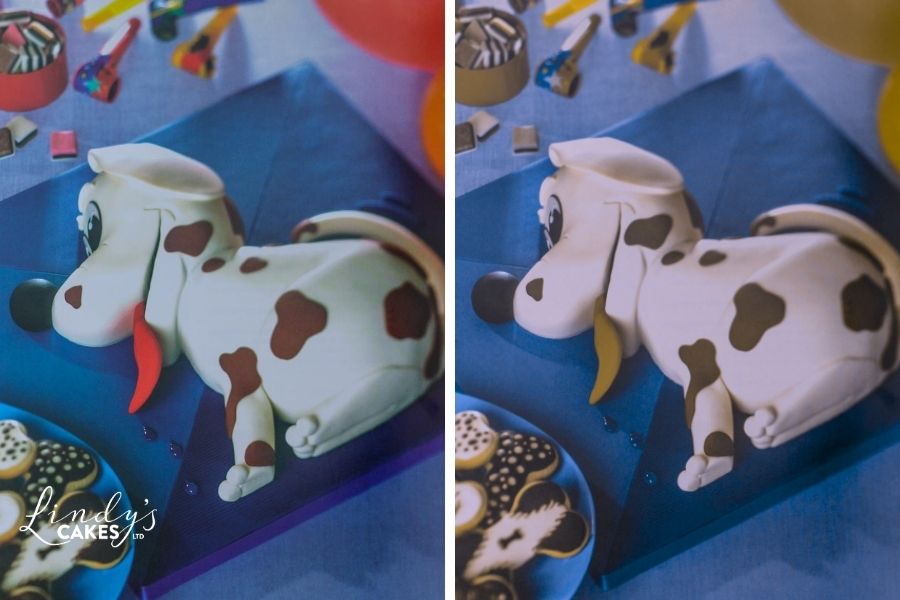
Carol Meakins says
I see orange